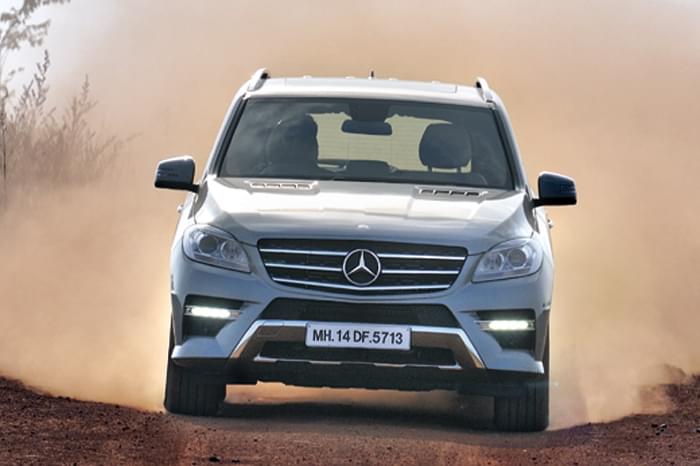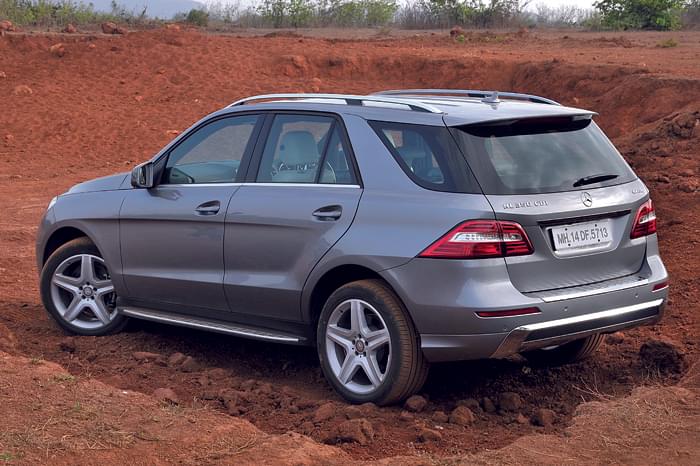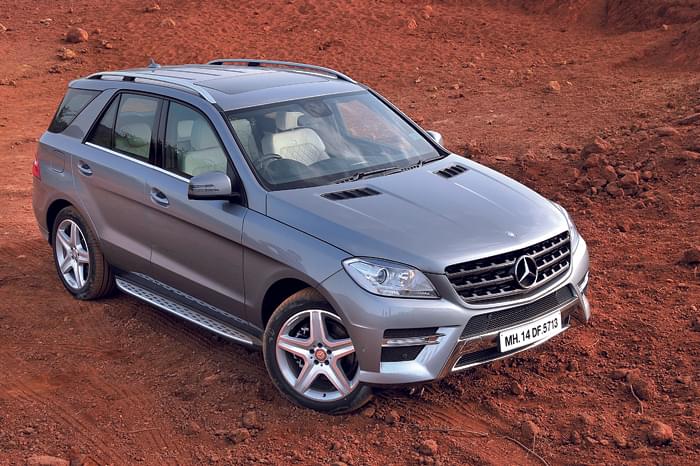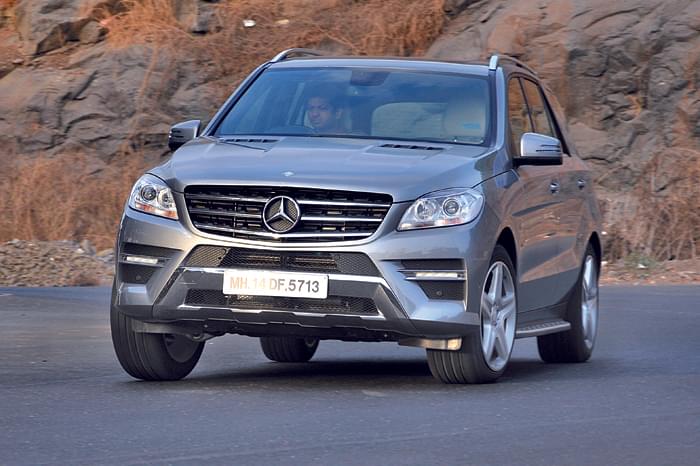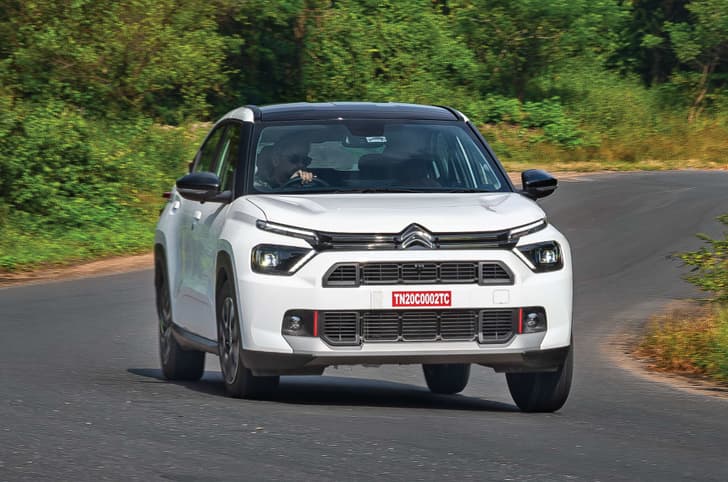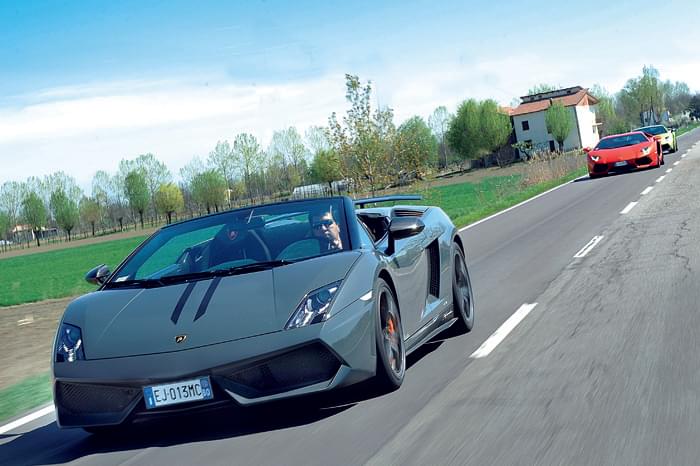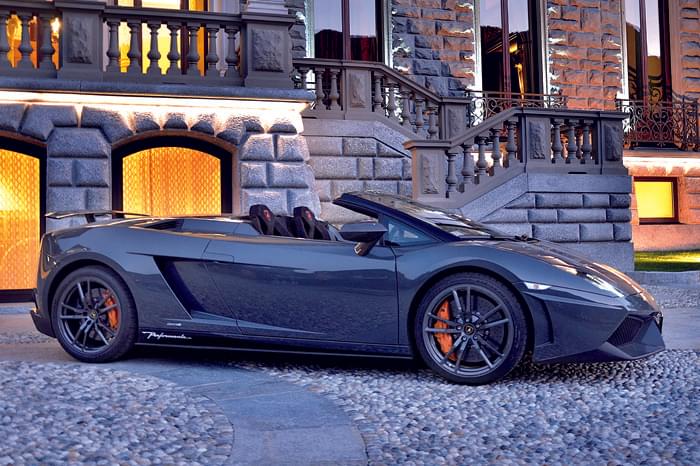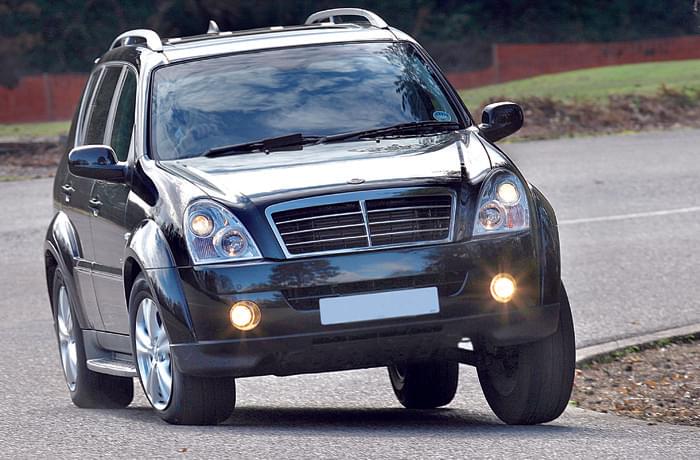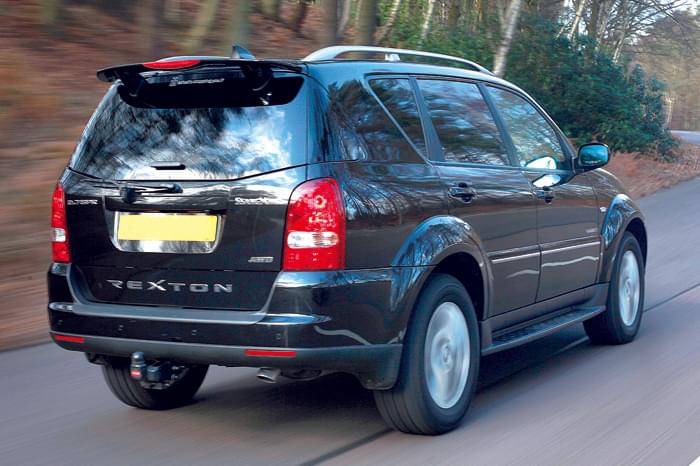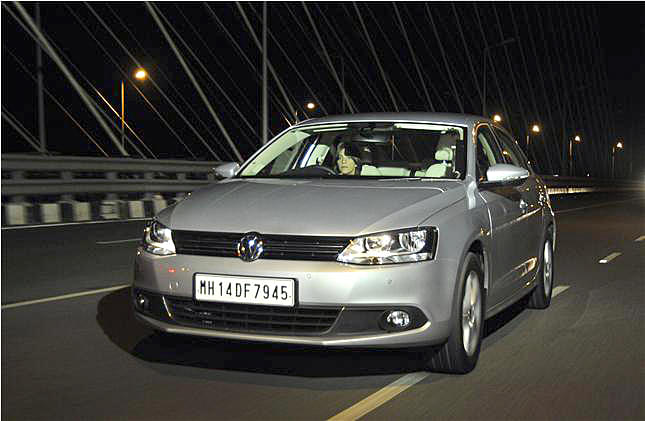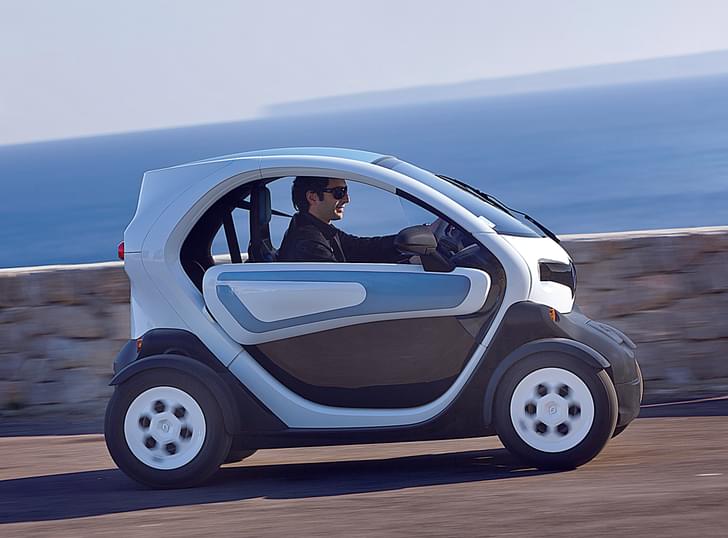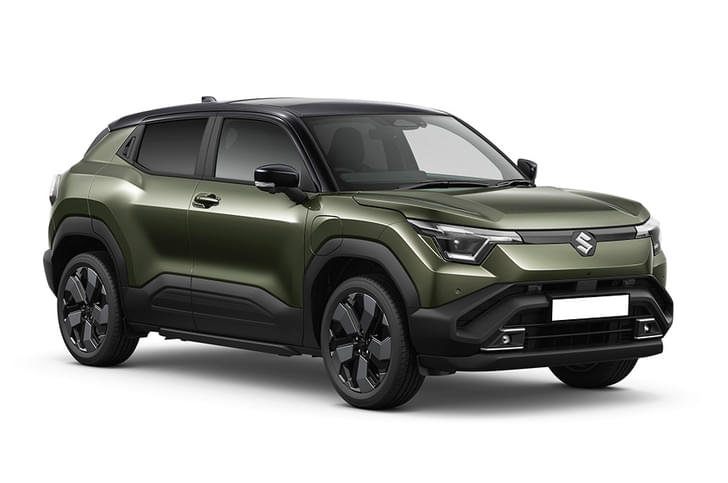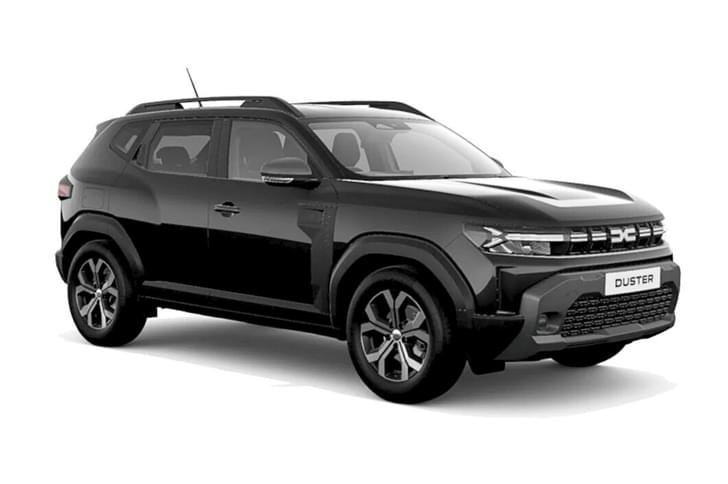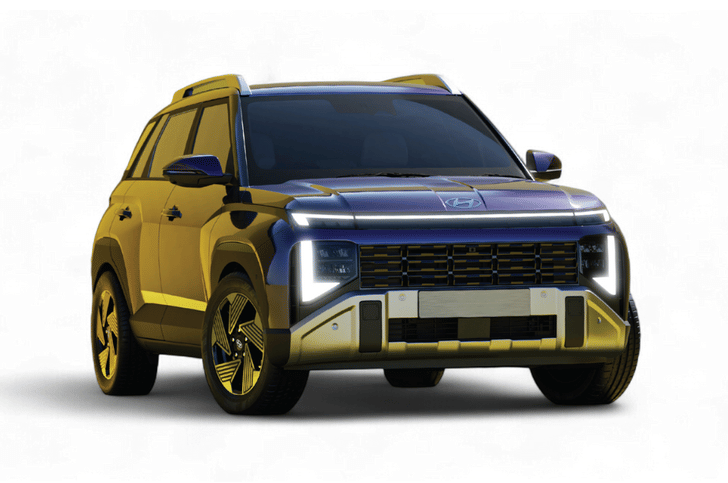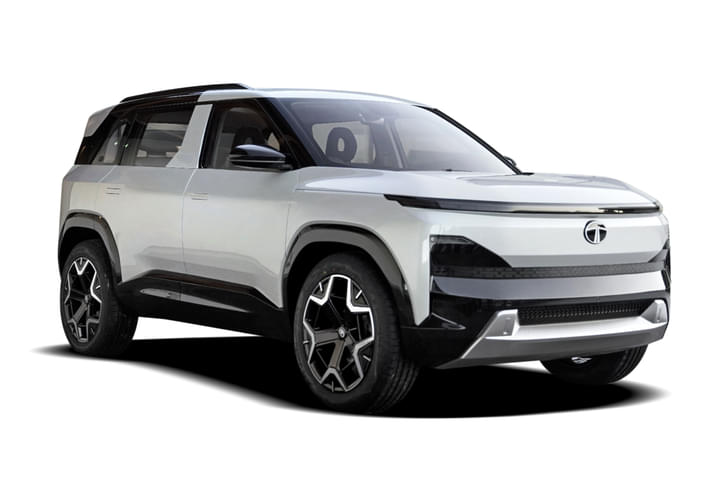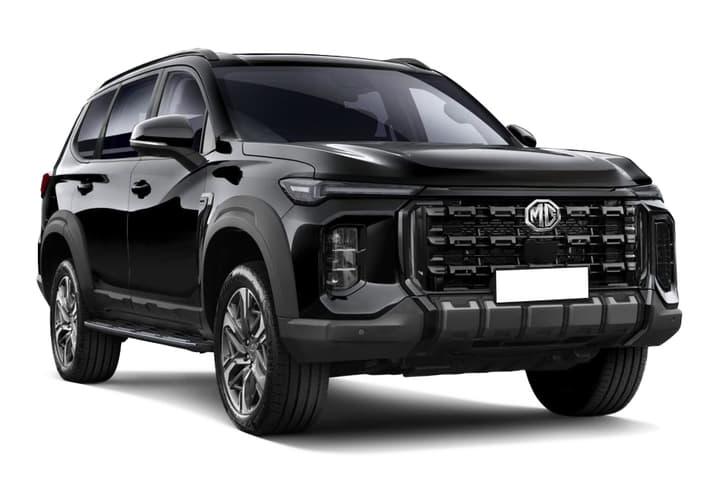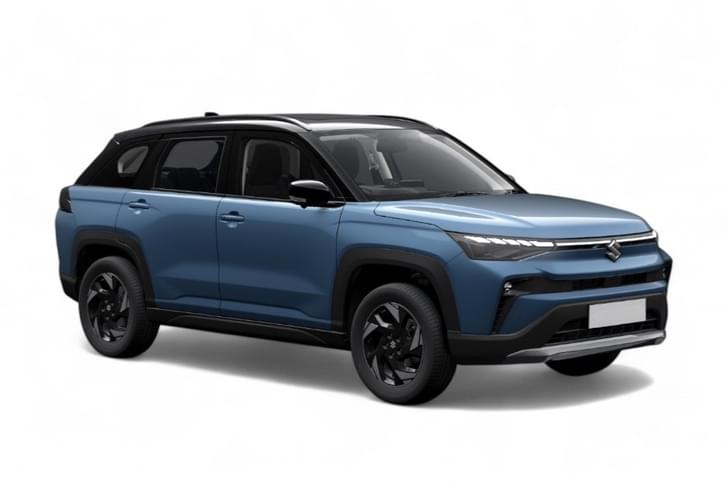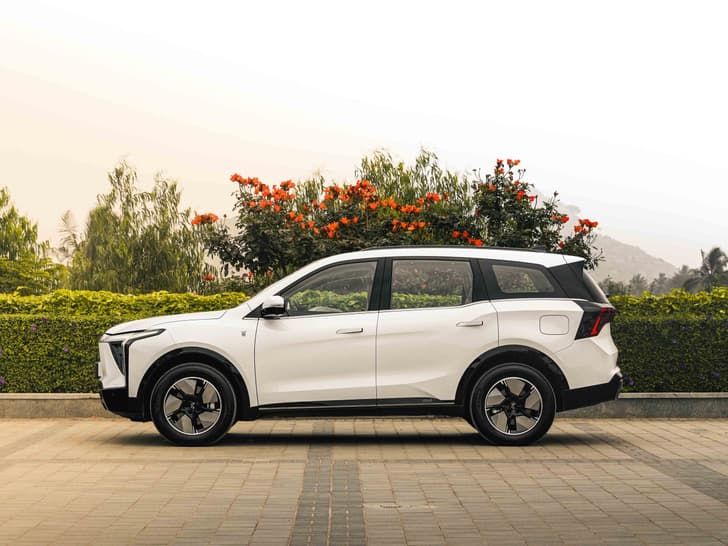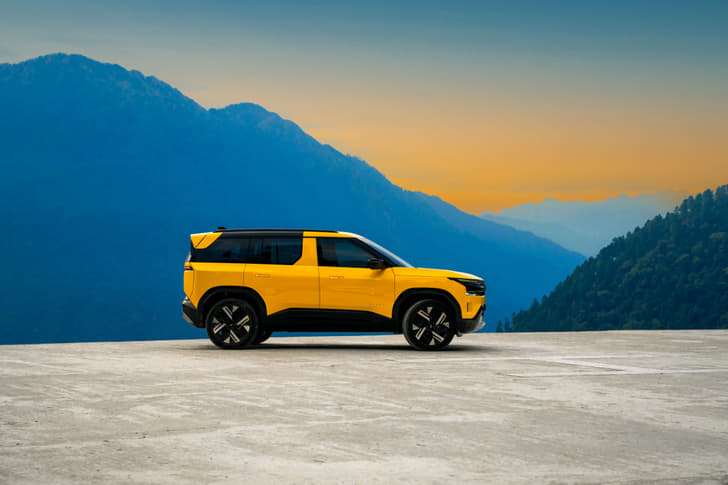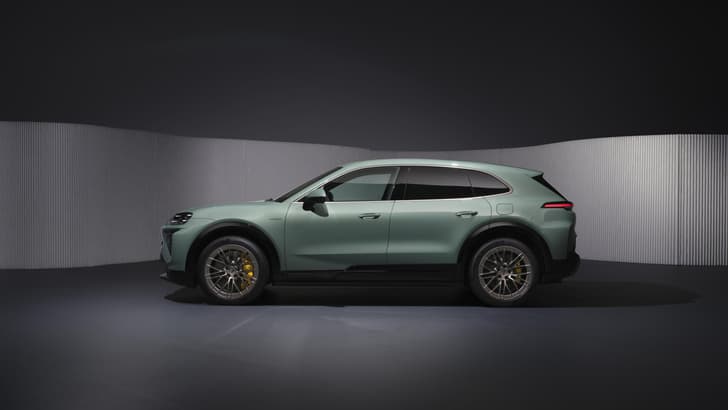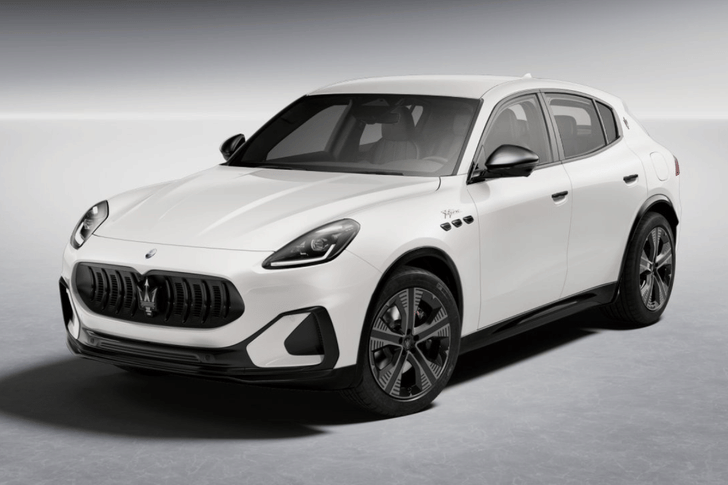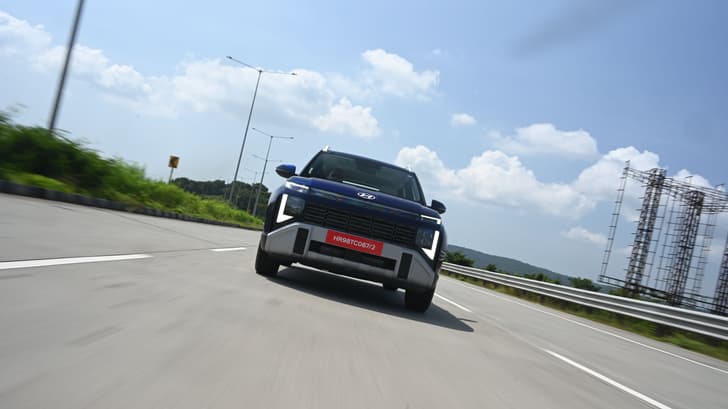In India, the Mercedes-Benz SUV range is limited to the M-class and the hugely expensive, gargantuan GL-class. This, in effect, means Merc has nothing in its arsenal to tackle smaller and more affordable rivals from BMW and Audi. The Mercedes GLK, which is positioned against the X3 and Q5, isn’t available here and there is currently nothing on a Merc production line anywhere on earth to take on the BMW X1 and the Audi Q3 – arguably the juiciest segment of this market.
What this new all-new M-class has to do, then, is multi-task. It has to offer everything a traditional full-size SUV buyer looks for – space, presence, performance – and be attractive and affordable enough to tempt compact SUV buyers into stepping up. This is exactly what Mercedes-Benz is hoping to achieve with the new M-class. With the Union Budget’s decidedly import-unfriendly nature, Merc is focusing aggressively on a huge localisation program – even major elements like the engine will be assembled in India. The engine, incidentally, will be built by Force India.
This is part of the reason the new M-class has a positively tasty price. The base version, which is very well equipped, comes in at Rs 56.9 lakh (ex-showroom, Delhi), a price that significantly undercuts similarly specced Audi Q7s and BMW X5s, and puts the M-class within shouting distance of top-end X3s and Q5s.
The new M-class also boasts segment-leading quality, safety, refinement and efficiency and it
is bigger, better and has more equipment than the old M-class. So, on the face of it, it seems like Mercedes has hit the nail on the head. But has it? Is the new M-class all that the company is making it out to be? We throw it at some of the toughest conditions this side of the Sahara to find out.
This particularly aggressive looking new M-class is a limited edition AMG version that includes a slack-jawed bumper and 20-inch wheels.Mercedes has called it the ‘Edition 1’ and is only offering 100 cars for Rs 66 lakh a pop. The designers have created a very dynamic car with sharp styling, dramatically cut wheel arches and a big grille with a large three-pointed star on the grille. Other details like the aggressive front bumper, AMG-style vents on the bonnet, an imitation sump guard and proud sills make this car quite striking to look at, while retaining a strong family resemblance to the rest of the Mercedes-Benz range.
Despite being 23mm longer, 15mm wider and 19mm lower than before, the new M-class weighs 10kg lesser than the old car, emphasising the use of lightweight materials. Build quality is phenomenal, and the new M-class feels incredibly tough and robust.
It is built around a steel monocoque and features mostly steel panels, although the bonnet and front wings are aluminium. The engine’s power drives all four wheels via Mercedes’ 4Matic permanent all-wheeldrive system, and you can opt for a six-stage off-road package that brings with it varying ride-height adjustments, automatic differential locks and a special off-road calibration for the stability control system.
Mercedes has employed an electrically-assisted power steering unit, and you also get adjustable air suspension as standard. Additionally,the spare wheel sits beneath the boot floor and is a space saver.
Every inch of the M-class' interior is covered in the finest quality. The grain of the wood, the quality of the thick leather, the well-damped manner in which the metal-capped buttons work and the micron-perfect fit all prove that this is one of the finest cabins you can find. Polished wood and brushed aluminium inserts lend a touch of class, white lighting, chrome, wood and leather give it a sense of occasion, and the styling is more avant-garde than traditional. There is also waterfall lighting on the dashboard and doors, further enhancing the classy feel of the cabin.
The seats have acres of legroom and great thigh support. The sheer width accommodates three people sitting abreast comfortably. The only grouse is the lack of a third row of seats that some of its rivals can be optioned with.
The cabin is quite practical, however, with many cubbyholes, a big glovebox and other storage spaces. Even the column-mounted gearlever frees up space for two extra bottle holders and a small cubby. The boot, at 690 litres, is cavernous, and the middle row folds to give a flat loading bay.
It comes with a long list of equipment and you get stuff like cruise control, a reversing camera, a six-CD player, Bluetooth with audio streaming, adaptive air suspension, electric steering adjustment, climate control and auto-dimming mirrors.
The ML 350 CDI BlueEfficiency we have for our test is powered by a 3.0-litre common-rail, direct-injection diesel engine. At 255bhp, it has 21bhp more than the old ML 350 CDI. It is mated to the latest version of Mercedes-Benz’s silky seven-speed 7G-Tronic automatic gearbox, complete with automatic stop-start and brake energy recuperation functions, and a permanent four-wheel-drive system as standard.
The new ML 350 CDI is unbelievably smooth and sweet-sounding, and you could easily mistake it for a petrol-powered car. There’s no hint of diesel motor rattle, there’s very little vibration, and even when you rev it, it feels utterly velvety. If we had to nitpick, it would be about the distant drone that persists if you keep the engine spinning at around 3500rpm.
With 63.2kgm of torque — some 10kgm more than the old car — the oil-burner makes light work of the substantial 2175kg kerb weight. Normal driving conditions need only a gentle dab on the throttle, and even that is good enough to have you scooting forward in that effortless, well insulated, typically Mercedes manner. The greater flexibility of the motor also means that the gearbox, in ‘Comfort’ setting, can shift up gears much earlier, so progress is relaxed, but adequately rapid. On part-throttle loads; the new Mercedes off-roader cruises in a serene manner. Thanks to the especially linear power delivery of the engine, the big M-class feels easy to drive in traffic too. The gearshifts, though smooth, are on the slow side and remind you that, in true Mercedes fashion, refinement and comfort are more important than ultimate performance. It also helps that you are given paddle shifters which, in both Sport and Comfort settings, are nice to use. But they are not the most obedient, and the gearbox sometimes refuses to downshift unless you coax it by lifting off the throttle before pulling the ‘down’ paddle.
Still, performance is strong, with 100kph coming up in a rapid 7.58sec. Performance continues unabated further up the powerband as well and, despite its girth, 180kph comes up in 26.76sec.
Driving the car on twisty roads revealed that the new M-class handles much better than before, and is light and easy to drive. Ultimately though, the M-class still doesn’t provide an involving enough drive to rival an X5. When you need to scrub off speed or change direction in a hurry, you really do realise that two tonnes of off-roader can’t bend the laws of physics. The 4Matic system is not as quick at juggling power between axles and wheels as BMW’s xDrive or Audi’s Quattro systems either.
Still, the steering is quite similar to an E-class in the way that it feels beautifully fluid and is very easy to twirl at city speeds, but doesn’t weigh up sufficiently as you go faster.
The ML 350 CDI now has a stiffer chassis, as a result of which its high-speed manners are impeccable, and it rides over broken surfaces without much fuss. It’s while going over smaller surface disturbances and at lower speeds that you feel the consequences of Mercedes’ decision to aim for a stiffer chassis setup. The new car rides well, but not with as much compliance as the old car. The occasional sharp ridge thumps through the air suspension’s shock absorption too. We also wish the brakes had more feel and a bit more stopping power; the 2175kg kerb weight builds up so much momentum that the brakes sometimes feel inadequate
Our test car wasn’t equipped with the optional off-road package, but the M-class felt quite happy on the mild off-road bits we took it to. The suspension’s lift function gives it some serious clearance, the 4Matic system felt more than capable of coping with the dirt track we took it to.
The BlueEfficiency badge you see on the wings of the car is not a single system, but a collection of optimisation measures that work as a whole to make a significant impact on fuel economy. On this car they include a stop-start system, improved aerodynamic efficiency and a catalytic converter that reduces harmful nitrogen oxide gases by a claimed 80 percent. Our tests show the new ML 350 CDI is much more efficient than the old M-class. The new ML BlueEfficiency returned 7.0kpl in the city and 10.9kpl in the highway cycle.

